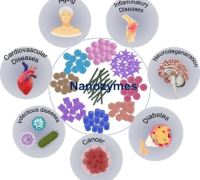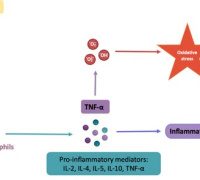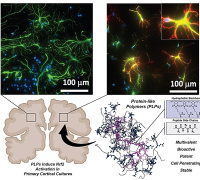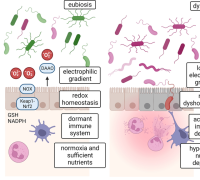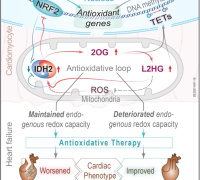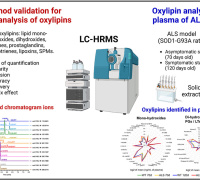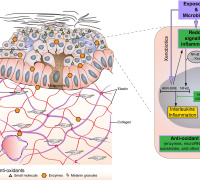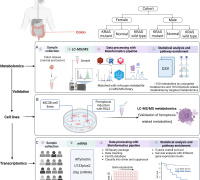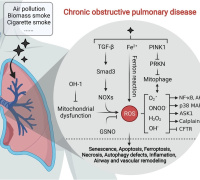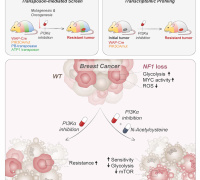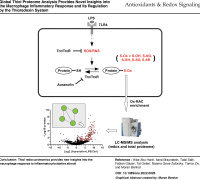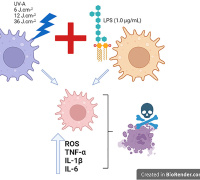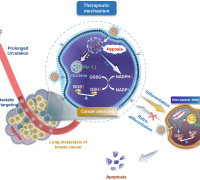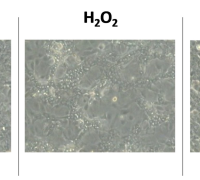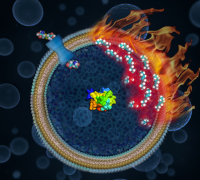The redox-senescence axis and its therapeutic targeting

Triggers of senescence
This review conducted by Natalie Yl Ngoi et al. higlights how the redox-senescence axis can be a target for therapeutics.
Cellular growth arrest, associated with 'senescence', helps to safeguard against the accumulation of DNA damage which is often recognized as the underlying mechanism of a wide variety of age-related pathologies including cancer. Cellular senescence has also been described as a 'double-edged sword'. In cancer, for example, the creation of an immune-suppressive milieu by senescent tumor cells through the senescence-associated secretory phenotype contributes toward carcinogenesis and cancer progression.
The potential for cellular senescence to confer multi-faceted effects on tissue fate has led to a rejuvenated interest in its landscape and targeting. Interestingly, redox pathways have been described as both triggers and propagators of cellular senescence, leading to intricate cross-links between both pathways.
In this review, they describe the mechanisms driving cellular senescence, the interface with cellular redox metabolism as well as the role that chemotherapy-induced senescence plays in secondary carcinogenesis. Notably, the role that anti-apoptotic proteins of the Bcl-2 family play in inducing drug resistance via mechanisms that involve senescence induction.
Future directions: Though the therapeutic targeting of senescent cells as cancer therapy remains in its infancy, we summarize the current development of senotherapeutics, including recognized senotherapies, as well as the repurposing of drugs as senomorphic/senolytic candidates.



































